Jingrong Sun - Information Technology Helps Optimize Network Training Mode
I will introduce a 3-month online training program. In the training program for participants who graduated from non-meteorological majors,without meteorological knowledge, the teaching management team used information technology to carry out some creative work to help optimize the online training activities that lasted for 3 months and enhance the interactivity of online training.
The use of information technology has improved our work efficiency, strengthened network teaching monitoring and immediate support services, solidly promoted network teaching organization and management, optimized and formed a network training model of "pre-training survey + autonomous learning + live Q & A + interactive lectures + live video review + whole-process teaching support services + post-training evaluation", and also improved the quality and effectiveness of network.
Co-author/Co-Presenter
Liu Lihong
Information Technology Helps Optimize Network Training Mode
In February-May 2023, we organized a three-month online training program to popularize the basic knowledge of atmospheric science among 341 new liberal arts graduates in the meteorological department, laying a necessary knowledge foundation for them to work in meteorological management and services.
The Meteorological Knowledge Popularization Training Program has been implemented since 2003, for those graduates with bachelor's degree or above of liberal arts who are newly employed in meteorological departments. The main contents are basic knowledge of atmospheric science to make trainees master the basic concepts, principles and methods of meteorological disciplines, get the necessary knowledge foundation for engaging in meteorological management and services.
From 2003 to 2019, the training program was conducted in the form of face-to-face training for three months. In 2020, it was conducted in a blended training mode of 13 weeks of online training and 3 weeks of face-to-face training. The number of trainees per year has increased by 2 times.
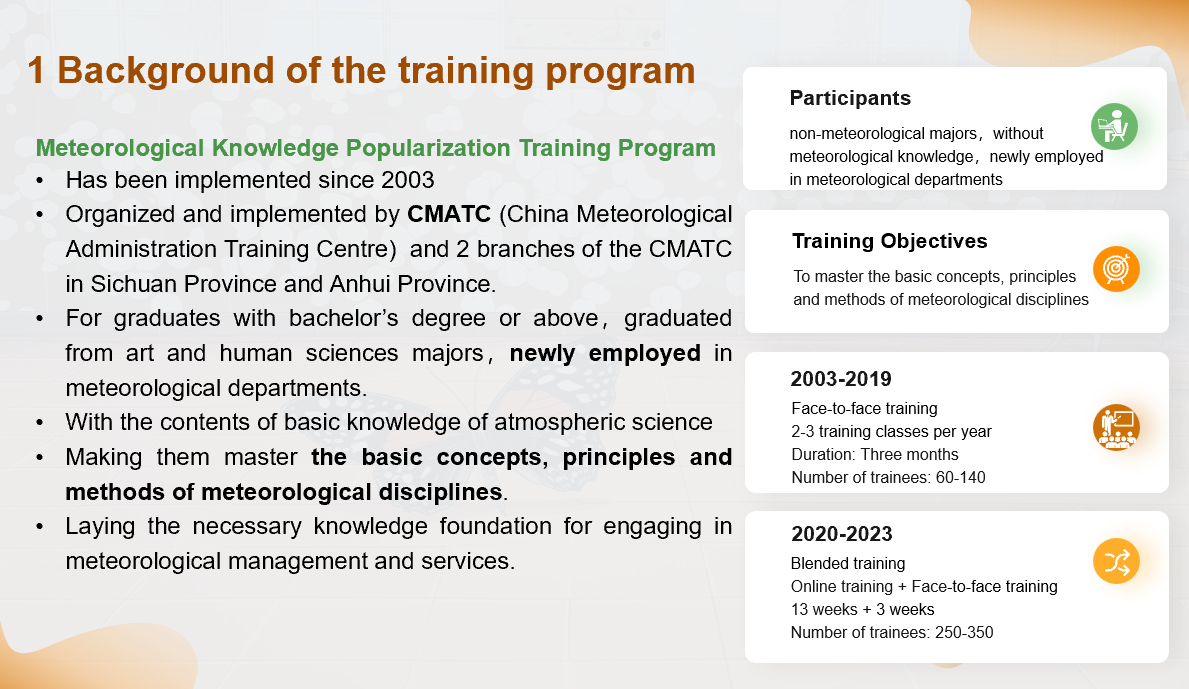
Fig.1. The development background of the training program
In the past three years of mixed training and teaching management practice, we have continuously tried to apply information technology to optimize the network training model. During the training process, the teaching management team used information technology to carry out some creative work to help optimize the online training activities that lasted for 3 months. The specific approaches included using online tools to produce a mind map and a 3-minute micro-video to introduce the learning schedule of the training class,Design and distribute training needs questionnaire and training effectiveness questionnaire to find out the basic situation, learning needs and training results of the students; All participants in the course can get 7 * 24 teaching support service when joining the instant messaging groups, and the teaching team answers students' questions in a timely manner, shares learning resources, and publishes teaching arrangements; We organized 12 live webcast teaching activities to answer trainees' questions and expand their knowledge areas, enhancing the interactivity of online training; Made a comprehensive online evaluation statistical table for students to evaluate the online activity of the training course and explore online learning behavior evaluation methods; Assign 3 theme assignments to inspire students to write small articles based on propositions and teaching team gathered essays to share in class instant messaging group.
The use of information technology has improved our work efficiency, strengthened network teaching monitoring and immediate support services, solidly promoted network teaching organization and management, optimized and formed a network training model of "pre-training survey + autonomous learning + live Q & A + interactive lectures + Live video review + whole-process teaching support services + post-training evaluation", and also improved the quality and effectiveness of network training.
1. Pre-training survey(Apply an online questionnaire tool)to collect participants information, learning needs
We mainly obtained the participants' professional background, educational background, working experience, job position, online learning experience, preferred areas of expand knowledge, and expected effect of training through the pre-training questionnaire. It provides timely and effective data support for planning and carrying out training activities andexpanded expert lectures according to the trainees' own characteristics during the training process.
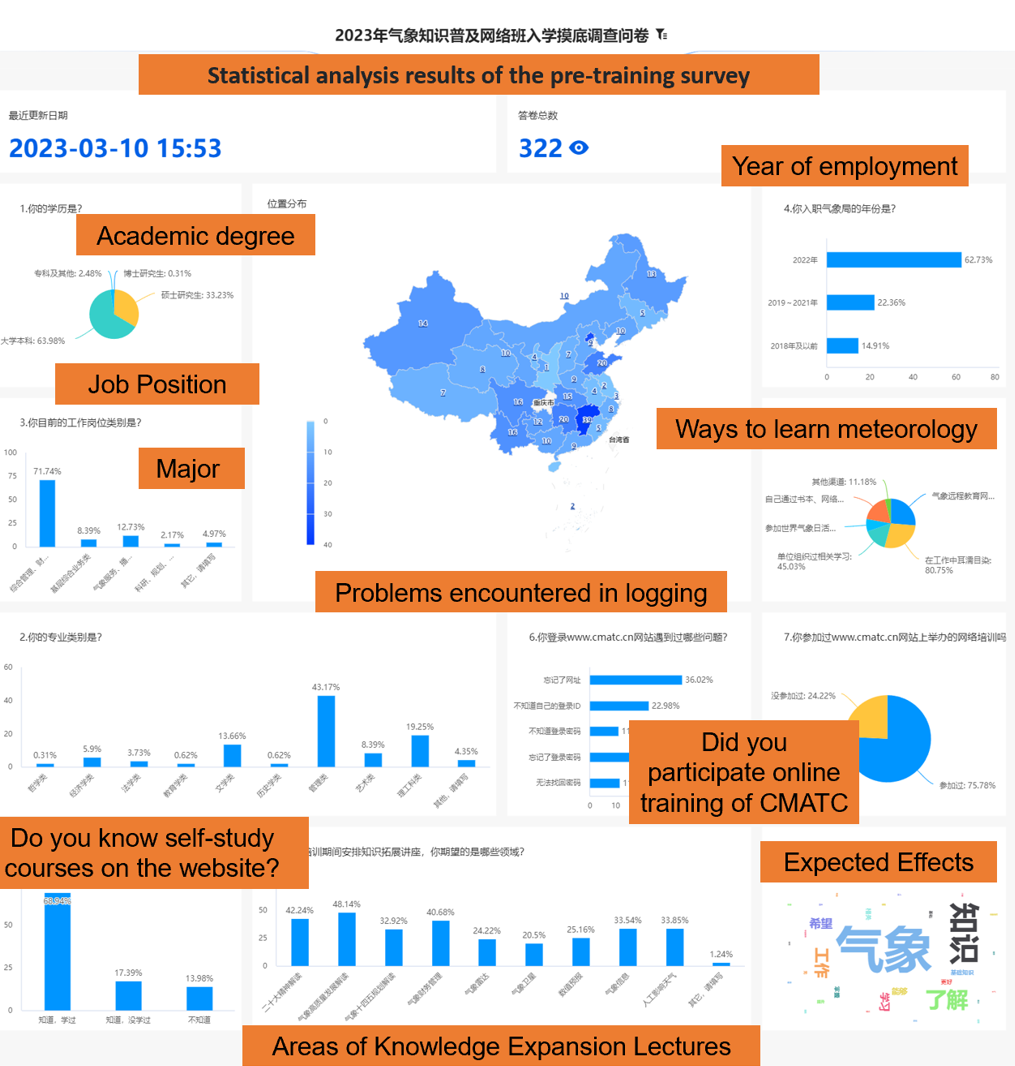
Fig.2.Statistical analysis results of the pre-training survey
2. Autonomous learning (Apply an Internet-based training platform , an online mind mapping tool and an video creation tool )
We designed a mind map to show the key points of the entire training program, including schedule, how to learn online courses, how to get supplementary learning materials, how to attend live teaching activities, and some introduction of course exercise, final examination and training certificate.
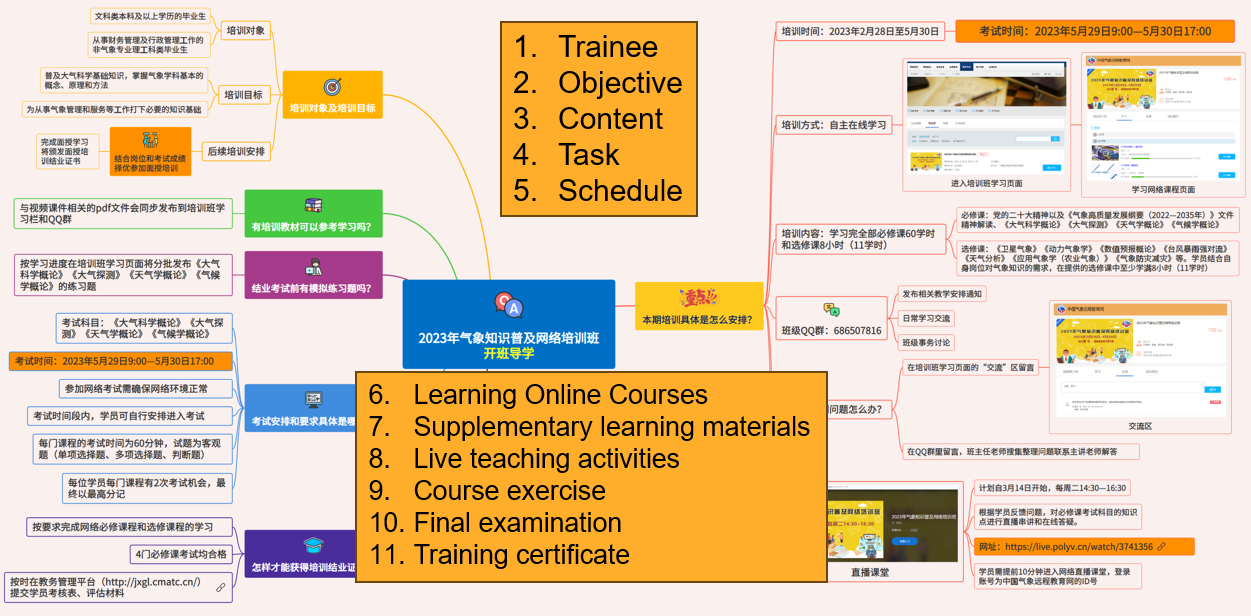
Fig.3. Apply an online mind mapping tool to show the learning arrangements
of the training program
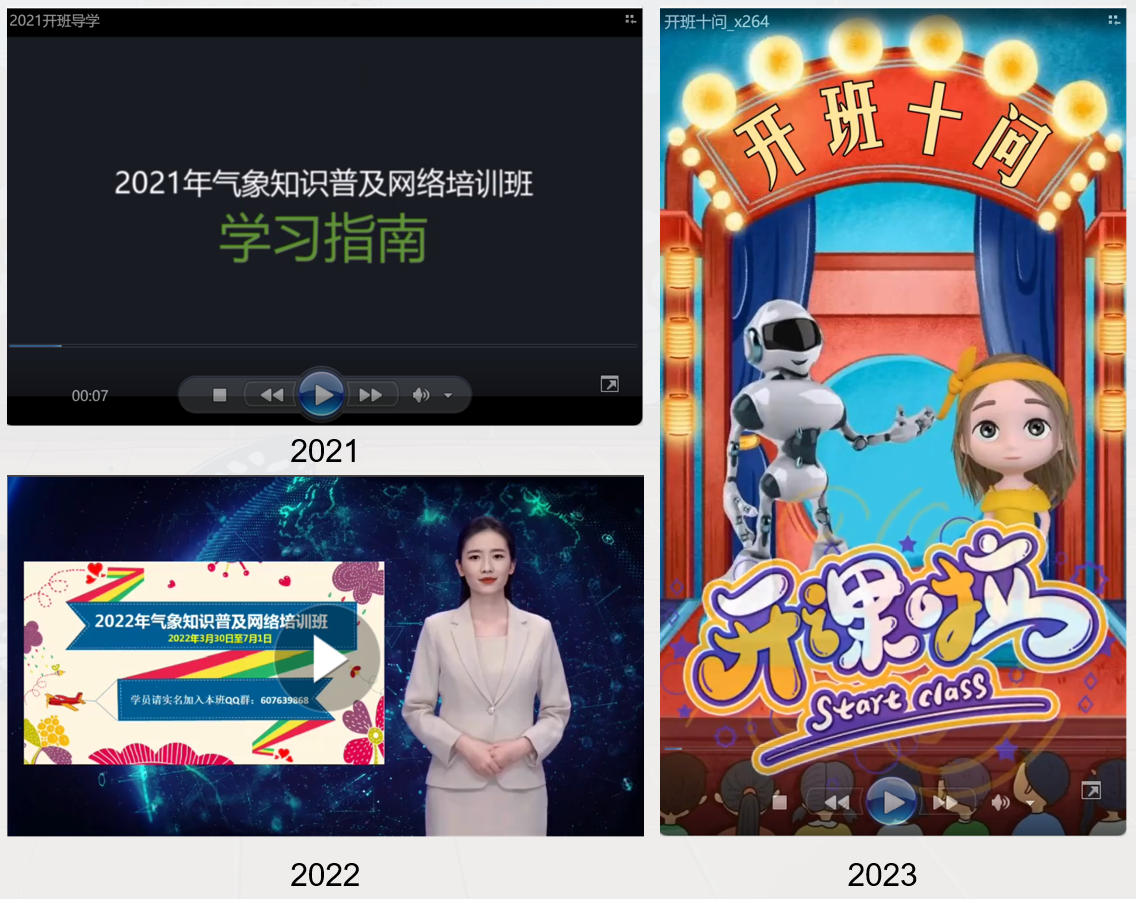
Since its launch in November 2005, the Internet-based training platform for meteorological staff (www.cmatc.cn) has held nearly 500 national network trainings. After years of exploration and accumulation, a relatively complete set of meteorological network training and teaching organization and management mode and process has been gradually formed, and it has been continuously developed and improved in teaching practice.
Trainees can arrange their own time to complete the required online courses according to the learning sequence arrangement and attend course self-test exercise(Review responses after submission) and final examination(2 exam opportunities per person) on the Internet-based training platform. And we can use the functions of monitoring learning progress, and detecting effectiveness of learning.

Fig.5. To take the graduation exam, all 4 compulsory courses must be completed on the Internet-based training platform
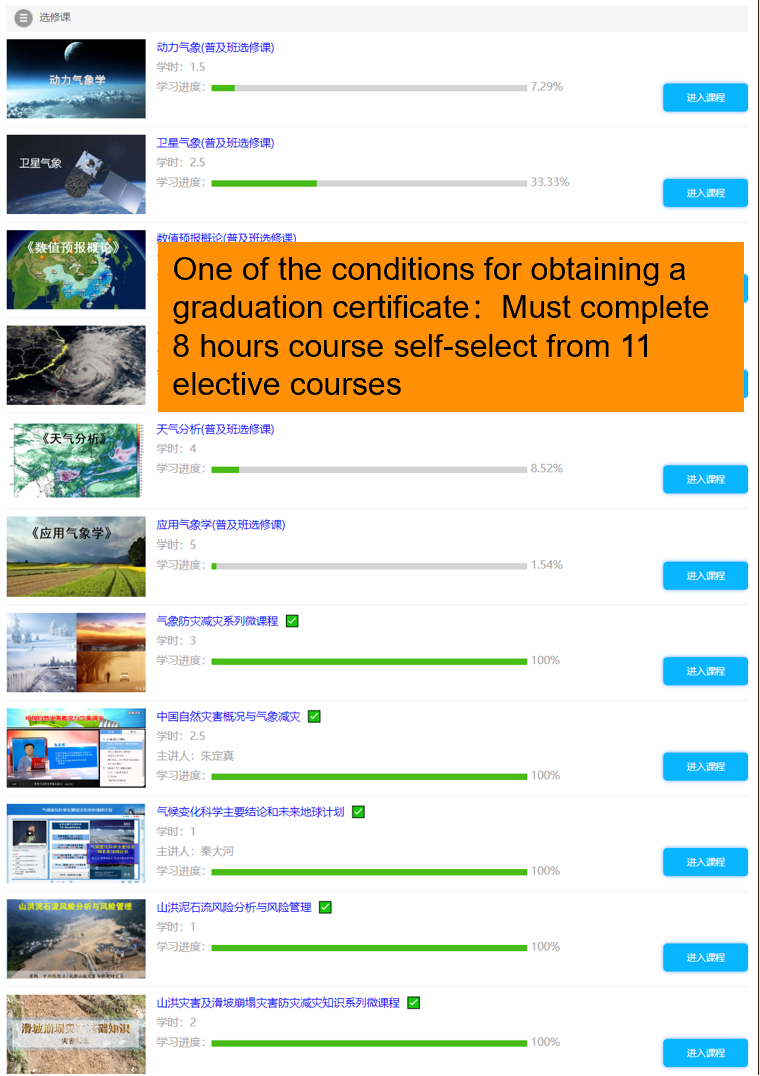
Fig.6. 8 hours of study required for 11 elective courses on the Internet-based training platform
According to the learning schedule of the compulsory courses, the self-test exercise of the four compulsory courses will be released in the training class in stages to help trainees consolidate the knowledge content learned in the course, independently test the learning effect of the stage, and improve the "sense of acquisition" of learning.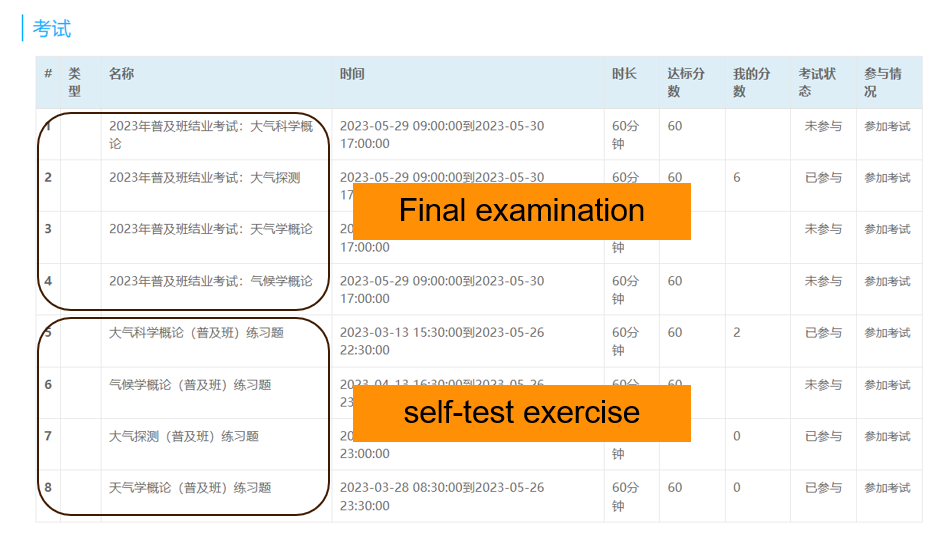
Fig.7. Course self-test exercises and final examinations on the Internet-based training platform
3.live Q & A + interactive lectures + Live video review(Apply a webcast platform)
According to the knowledge structure of the course, we carried out a total of 9 live tutorials and Q&A sessions once a week, and arranged 3 expert lectures on a webcast platform. The participants gradually have a clearer understanding of basic theory learning,professional knowledge learning and career development planning. Considering that participants may not be able to participate or be unable to participate in each live tutoring and teaching activity due to working time conflicts, a live broadcast review function is provided for each live Q&A tutoring activity, and participants can choose videos to tutor or consolidate their knowledge.

Fig.8. Apply a webcast platform to implement live webcast teaching activities(show on PC)
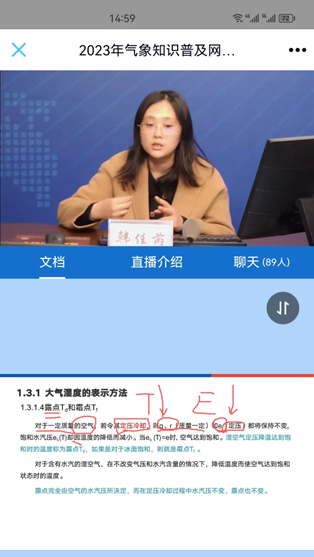
Fig.9. Apply a webcast platform to implement live webcast teaching activities((show on mobile)

Fig.10. Live video review on the webcast platform
4.Whole-process teaching support services(Apply an instant messaging software)
We made full use of information technology to contact students by email and telephone to ensure that all 341 trainees in the training course joined the class communication group. Ensure that the teachers of the teaching management team support online learning throughout the whole day during the training, answer various questions of trainees in a timely manner, solve doubts for students, and share various learning resources and extended learning materials in the class communication group to facilitate trainees' learning and review. Regularly publish the training statistical report data of the learning situation of the trainees in the training course in the class communication group, and urge the trainees to seize the time to learn online courses according to the schedule of the training course. Smooth online communication channels are a strong support for the daily management and service of teaching.

Fig.11. Teaching support services using the instant messaging software
5. Post-training evaluation
After the final examination of the training program, we conducted a Post-training survey(Apply an online questionnaire tool)to collect training effectiveness and training needs in the future.

Fig.12. Statistical analysis results of the post-training survey
Many trainees mentioned these new ways in the training summary that this training was a "timely rain" to recharge and store energy for meteorological "recruits" , participating in the training course has achieved the training goals, mastered the basic concepts, principles and methods of the meteorological discipline, and laid the necessary knowledge foundation for competent jobs. They also experience a sense of belonging and honor in online learning, and no longer feel that they are studying alone. During the training, the trainees not only learned basic meteorological knowledge, but also expanded their meteorological professional knowledge, and had new thoughts on career development planning. And apply the knowledge learned in the training to practice in time by writing a small article. One trainee won an award by participating in a meteorological science popularization knowledge competition after training.
This year,we tried to design a comprehensive online evaluation statistical table for trainees to evaluate the online activity of the training course and explore online learning behavior evaluation methods. During the training period, we arranged 5 modules of teaching activities, including completing online courses for self-study, participating in live teaching tutorials and Q&A and live expert lectures, taking and passing the final exam, and submitting optional assignments. The participation of each participant in the 5 modules of the training program was recorded in detail through data. Based on the participation and completion of various teaching activities during the training period, the "one person one table" management was piloted, the online comprehensive assessment scale of trainees was produced, the online activity of the training class was evaluated, the evaluation methods of online learning behavior were explored, and the organization and management of online teaching were solidly promoted to improve the quality of online training. After the completion of the training course, 35 outstanding trainees and 80 online active trainees were selected according to the online comprehensive assessment scale of the trainees, and the list was publicized in the class instant messaging group.
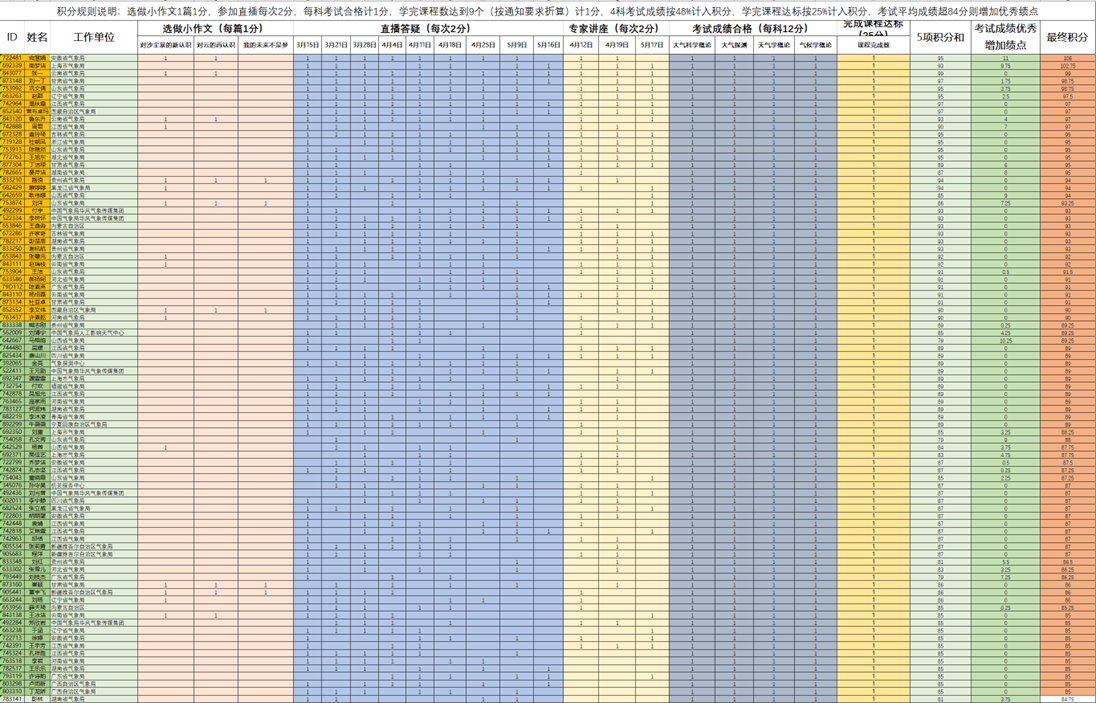
Fig.13. online learning behavior evaluation statistical table
In the future, we will face the development of meteorological operations, the needs of departments and posts, as well as the increasingly personalized learning needs of a large number of employees in meteorological departments. Many new tasks and new requirements will inevitably arise for network training. We must actively respond, make full use of the development of information network technology, embrace the application of new technologies to meteorological network education and training, expand the ways and methods of meteorological network education and training, and promote the high-quality development of meteorological network education and training.
